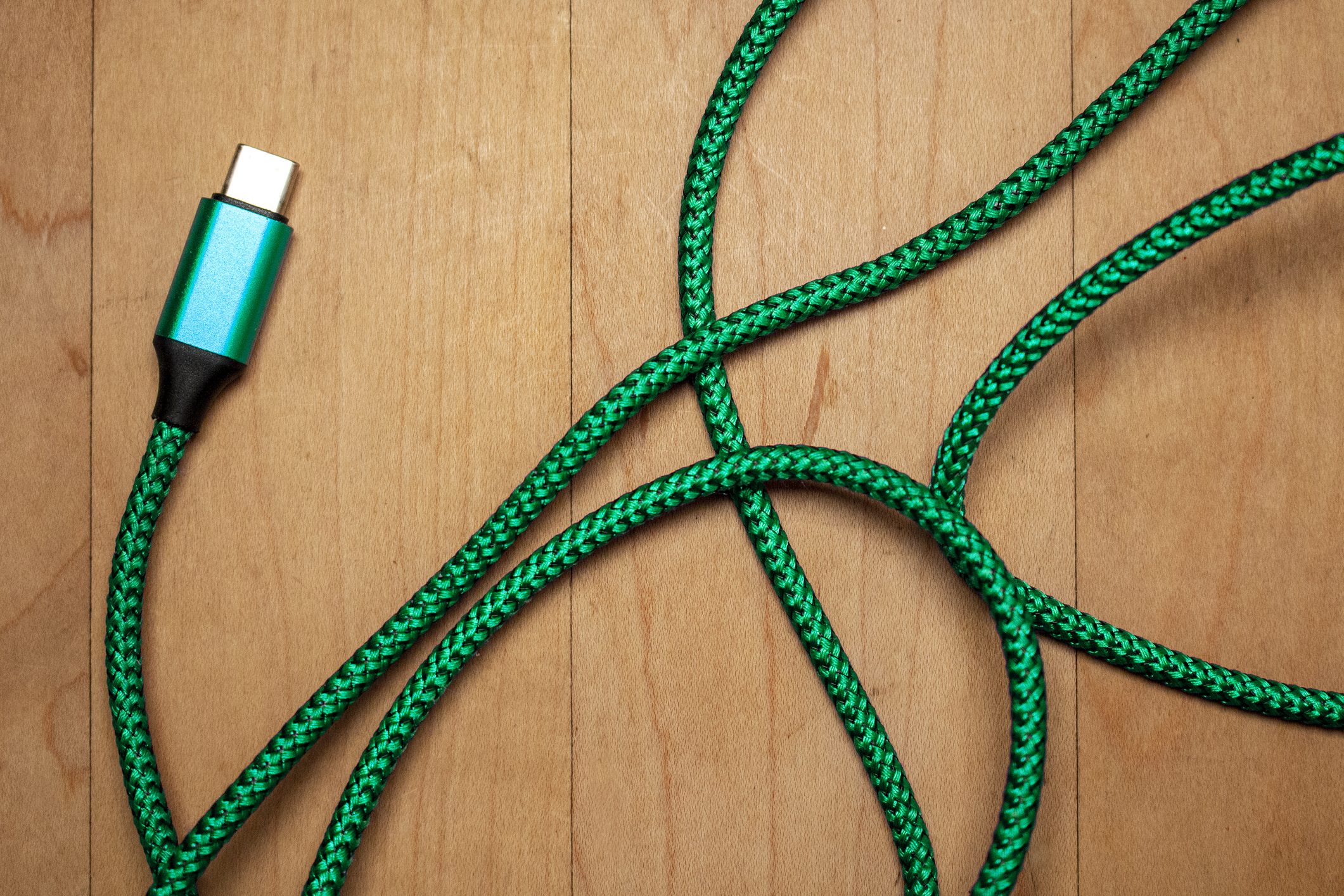We've said it before, and we'll say it again: USB-C is confusing. A USB-C port or cable can support a range of speeds, power capabilities, and other features, depending on the specification used. Today, USB-C can support various data transfer rates, from 0.48Gbps (USB 2.0) all the way to 40Gbps (USB4, Thunderbolt 3, and Thunderbolt 4). Things are only about to intensify, as today the USB Implementers Forum (USB-IF) published the USB4 Version 2.0 spec. It adds optional support for 80Gbps bidirectional bandwidth as well as the optional ability to send or receive data at up to 120Gbps.
The USB-IF first gave us word of USB4 Version 2.0 in September, saying it would support a data transfer rate of up to 80Gbps in either direction (40Gbps per lane, four lanes total), thanks to a new physical layer architecture (PHY) based on PAM-3 signal encoding. For what it's worth, Intel also demoed Thunderbolt at 80Gbps but hasn't released an official spec yet.
USB4 Version 2.0 offers a nice potential bump over the original USB4 spec, which introduced optional support for 40Gbps operation. You just have to be sure to check the spec sheets to know what sort of performance you're getting.
Once USB4 Version 2.0 products come out, you'll be able to hit 80Gbps with USB-C passive cables that currently operate at 40Gbps, but you'll have to buy a new cable if you want a longer, active 80Gbps.
120Gbps is optional
Today, the USB-IF confirmed that USB4 Version 2.0 will take things even further by optionally supporting a data transfer rate of up to 120Gbps across three lanes.
"Optionally for certain applications, such as driving very high performance USB4-based displays, the USB Type-C signal interface can be configured asymmetrically to deliver up to 120Gbps in one direction, while retaining 40Gbps in the other direction," the USB-IF's announcement said.
Typically, a USB4 Version 2.0 port that supports 120Gbps operation will both transmit and receive data at 80Gbps. When a product connects to the port, "the USB4 discovery process managed by system software will determine if the preferred mode of operation is the 120Gbps configuration. After initially connecting at 80Gbps, the port will then transition into 120Gbps operation," Brad Saunders, USB-IF board chair and CEO, told Ars Technica.


 Loading comments...
Loading comments...
